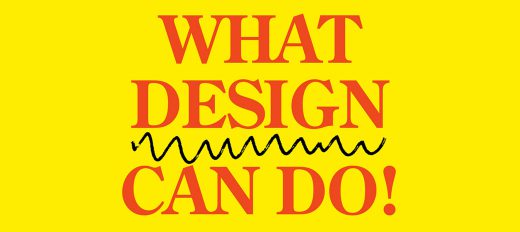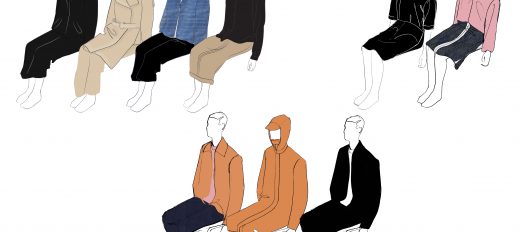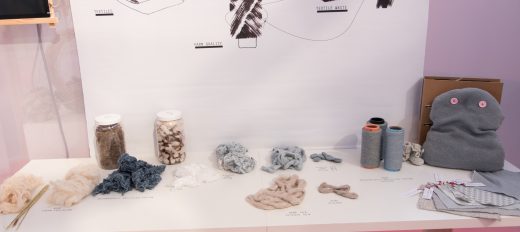Designing for precarious citizen’s
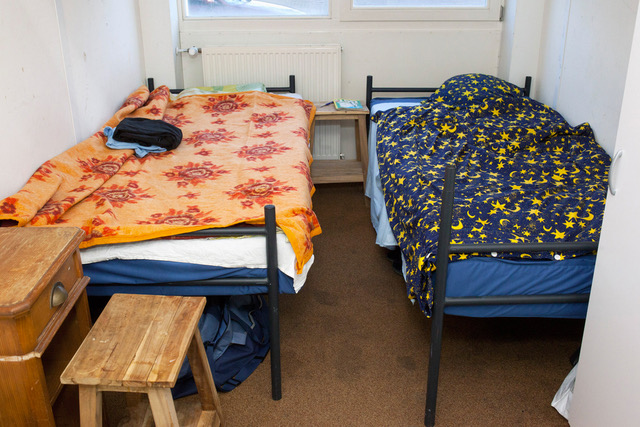
Bauhaus, was a German art school operational from 1919 to 1933 that combined crafts and the fine arts, and was famous for the approach to design that it publicized and taught. Bauhaus aimed to unify the arts through craft but also stressed the importance of designing for mass production. This importance on designing for mass production was not only driven by exploring new technological possibilities in relation to design and production, but also aimed to provide larger groups of lower class citizens with a better quality of life.
The project coincides in the context of the Bauhaus 100 year project, initiated by Museum Boijmans van Beuninigen Rotterdam. The aim of this initiative is to investigate the influences of Bauhaus in The Netherlands on so many topics like architecture, fashion, photography, (interior)architecture and art and design education. Starting point of this project is the work of (interior)architect Johan Niegeman, one of the few Dutch guest teachers at Bauhaus and together with Mart Stam very influential on the development of Dutch interior architecture and design education.
The Bauhaus architects promoted prefabrication and mass production in housing design. They did this in an attempt to make design affordable and to provide a better quality of housing for the masses, specifically groups that lived in poor conditions.
This research project aims to readdress and revises the idea of the Bauhaus, and Niegeman in particular, of designing for the mass to today’s design practice. Niegeman was convinced that this should always be achieved with the best techniques available. These techniques should be deployed to design for vulnerable groups. The project takes on board Niegemans ideas, experiments and lessons and translate these to the present day practice and present days vulnerable groups in society. These vulnerable groups are described in this project as “precarious citizens”.
Precarious citizens
What are today’s precarious citizens? Together with researchers, guest teachers and students we aim to identify precarious citizens in today’s society as a parallel to the mass that was being addressed roughly 100 years ago when Bauhaus was created. Precarious citizens’ can refer to many different kinds of groups in society, whether referring to immigrants, elderly or otherwise vulnerable individuals in today’s society. But who do we more specifically mean when referring to these ‘precarious citizens’ and what are their needs in relation to their (temporary) living?
The project will aim to define the working definition of precarious citizens further by means of talks between designers, architects, experts and policymakers to talk about these groups but will always include a “representative” of one of these precarious citizen groups as well. Even though, the project limits itself to the Dutch context it will take on board international examples as means of inspiration.
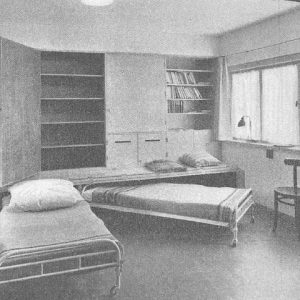
 Facebook
Facebook Instagram
Instagram

